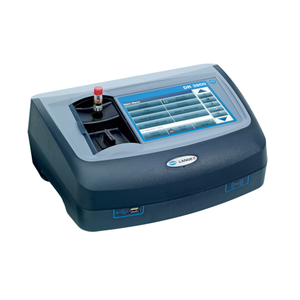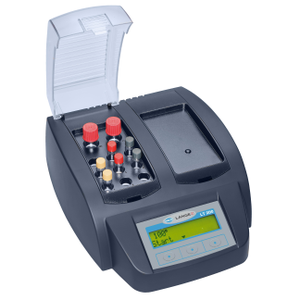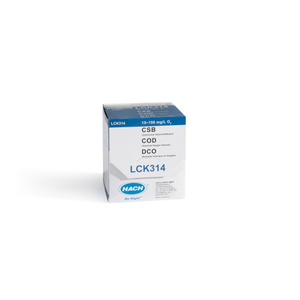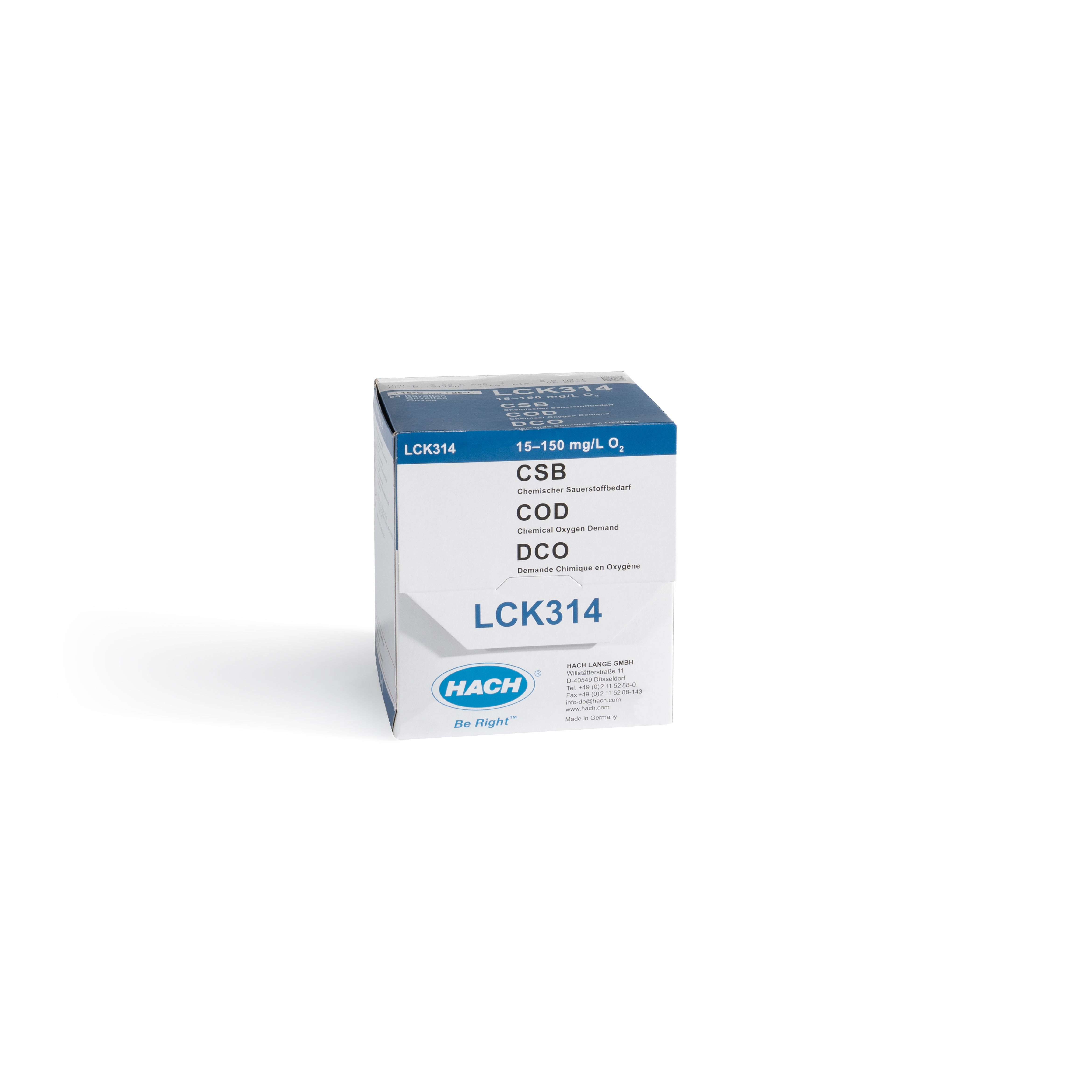
When treated wastewater is discharged into the environment, it can introduce pollution in the form of organic content to receiving waters. High levels of wastewater COD indicate concentrations of organics that can deplete dissolved oxygen in the water, leading to negative environmental and regulatory consequences. To help determine the impact and ultimately limit the amount of organic pollution in water, oxygen demand is an essential measurement.
At Hach®, find the testing equipment, resources, training and software for COD measurement and management during water treatment.

Complete online solutions for your water analysis needs.

Benchtop instruments can provide fast, accurate COD measurements when quick results are needed.

Designed to save time and ensure accuracy during testing.

Hach’s quality test kits, reagents and chemistries are quick, accurate and easy to use.
Influent waters entering wastewater plants are high in organics and the wastewater plant must reduce the “organic loading” before discharging water to a receiving body.
Knowledge of oxygen demand is useful throughout the treatment for measuring waste loading, evaluating the efficiency of the process and ensuring compliance with regulations for the oxygen demand of effluent.
For compliance, it’s necessary to measure BOD or COD in the influent water as it enters the plant, before mechanical screening processes and at the end of the treatment at the discharge point.
When selecting a method for analyzing oxygen demand, it’s important to consider the following:



Contact us for tech support, service, sales, or to get a quote.